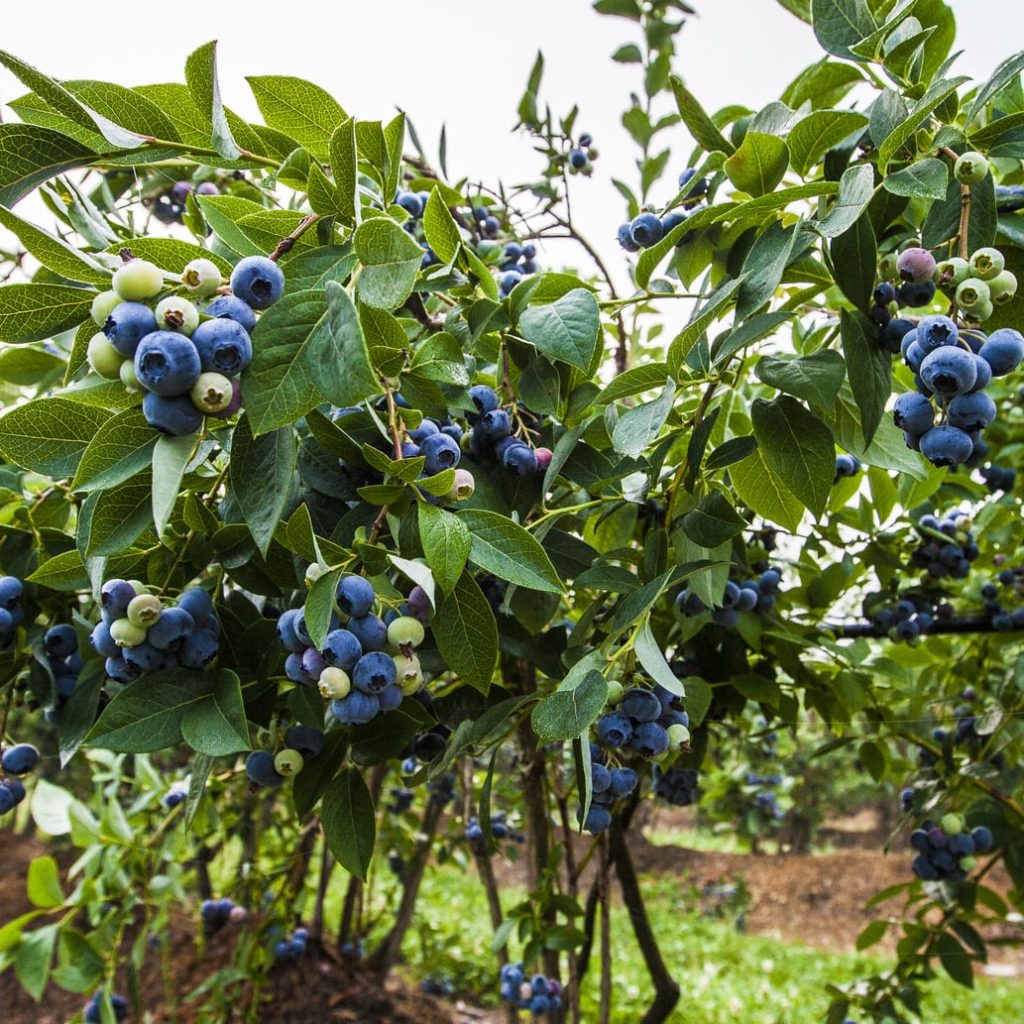University of Florida Institute of Food and Agricultural Sciences blueberry specialists issued considerations for blueberry producers amid Hurricane Ian.

High winds and heavy rains can cause significant damage and plant stress to blueberry fields. Below are some considerations for growers dealing with the aftermath from Hurricane Ian.
Blueberries are sensitive to flood injury. Check fields for surface water drainage. Make sure that
ditches, canals, areas between beds and the ends of rows are clear and water can flow freely out of
production fields. Pumping water may be needed to minimize flood damage.
High winds can uproot blueberry plants, especially young plants growing in pine bark beds. Plants should be reset and staked as quickly as possible if they are uprooted. Exposed roots can be damaged by
drying conditions. Short, frequent, overhead irrigations can help prevent roots from drying out while
plants are being reset.
Carefully monitor irrigation once the rain has stopped and fields have drained. Root systems may be
damaged from the storm and plants may be subject to drought stress.
Phosphite applications may be beneficial during the post-storm period, especially if growers suspect
significant root damage or if there is a history of root disease.
More information on effects of hurricanes and tropical storms on blueberry farms can be found in the
University of Florida EDIS document – Impacts of Hurricane Damage on Southern Highbush Blueberries
https://edis.ifas.ufl.edu/pdf/HS/HS134200.pdf.









